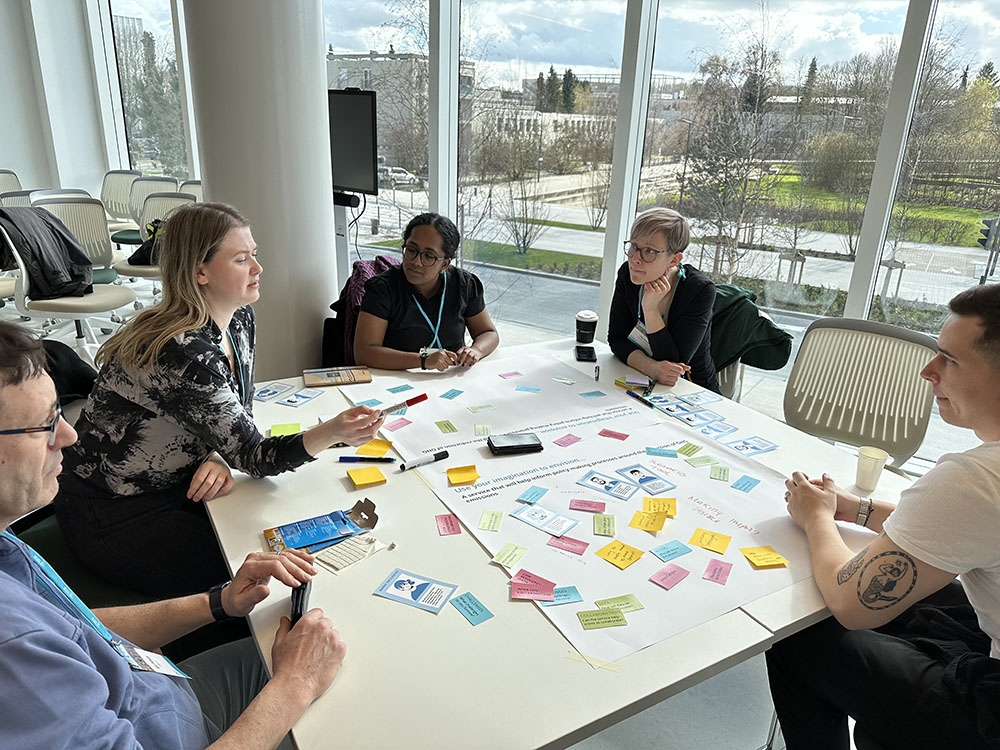
During 2024, city officials and scientists from Munich, Zurich, Paris and Helsinki have been brought together in workshops arranged by the ICOS Cities project team (WP1). The findings of the three co-design workshops highlight how cities are exploring diverse strategies for carbon monitoring and emissions reduction, with the aim of developing early service concepts in support of these.
The team identified challenges in 1) data accessibility and usability, 2) stakeholder engagement and collaboration, 3) innovation and adaption in planning, and 4) balancing ambitious goals with practical realities.
Making data transferable and usable
The results from the workshops were translated into three service goals. The first is making emissions data transferable and usable:
“We need to improve the usability of the ICOS observation-based greenhouse gas emission data. The focus should be on making data transferable, understandable and interoperable to users. The service would ‘translate’ these date sets into metrics relevant to city officials and policymakers,” says postdoctoral researcher Katie Berns at Aalto University, Helsinki. The Aalto research team also consists of Associate Professor İdil Gaziulusoy and Senior University Lecturer Tatu Marttila.
The second service goal is to communicate data to support policy development. ICOS greenhouse gas emissions data should be communicated effectively and engagingly to city officials and policy makers, fulfilling the demand for high-resolution, regularly updated and easily accessible emissions data.
“The service should allow the data to be presented in a manner that can support decision-making around climate action. We could for example connect specific data to specific policy agendas,” says Berns.
Facilitating collaboration between actors
Moreover, collaboration within and between the cities should be facilitated – the third service goal:
“Facilitating interdepartmental, e.g. environmental, IT and city planning, and city-to-city collaborations on the interpretations of greenhouse gas emissions data and the development of new climate policies would also be a service needed. The service could allow cities to track their progress and verify the impact of climate actions in an ongoing manner visible to other actors.”
Moving into the next stage, the co-design process will consist of developing a set of low-fidelity prototypes to further explore the three service goals.
“We will create simplified representations of the services using basic materials like sketches, paper prototypes, or digital wireframes. The focus is on designing the right thing instead of designing the thing right,” says Berns and continues:
“That means we will be focusing on understanding the suitability and viability of the service rather than focusing on the usability.”
This way the team can quickly iterate and gather valuable feedback from the city network and the project’s scientific sphere, allowing to identify potential issues early and make necessary adjustments before investing time and resources in more detailed service designs. The next step is a stakeholder engagement event in Barcelona in November 2024, where the low-fidelity prototypes will be evaluated by the city network.